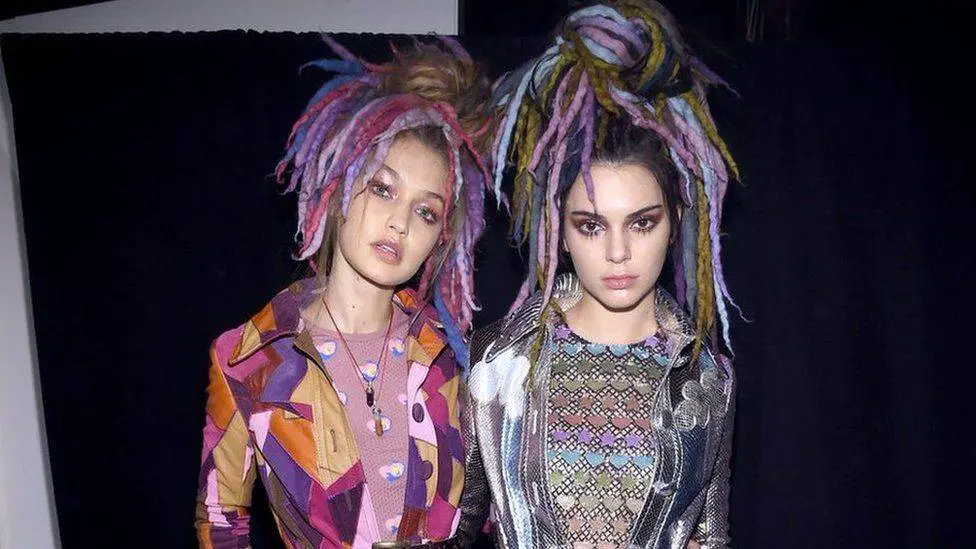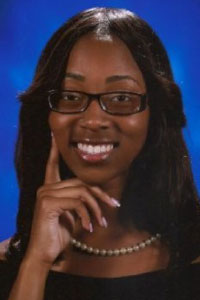Within this past year, more individuals have noticed how much cultural appropriation goes on in the fashion industry.
For example, Kim Kardashian was credited for starting the “new” trend of boxer braids in Hollywood, but subsequent backlash demanded that fans acknowledge that black women have rocked “boxer braids” for centuries. Also, Urban Outfitters’ appropriation is finally being called out. It’s ridiculous to think that companies and brands have been appropriating black culture for years, and no one has demanded change until just recently.
Many people may not understand exactly how cultural appropriation works, as much of it appears to have just barely passed the line of a “trend” or being “inspired by (fill in the blank),” but there is a small detail that makes a big difference. Cultural appropriation is like working on a project and getting an F, but then, someone copies you and gets an A. Marginalized groups, like African Americans and Native Americans, have the burden of being a minority, while the dominant (white) group takes their identity and makes it “trendy.”

What makes cultural appropriation so dangerous is that once you slap the label “trendy” on a garment and make it expensive, people only see how it will make them seem cool or rich because they can afford a $200 “Ethiopian-inspired” outfit directly from a culture without the appropriate acknowledgment of said culture. Capitalism blinds the companies and consumers to the underlying problem with said “trends.” Real people with real cultures are erased for the sake of fashion and profit.
Rather than have black female designers, CEOs and models produce and display black fashion, white men remain behind the scenes and promote white models to display ethnic fashion. For example, Victoria’s Secret was created by a white, cisgender, heterosexual male named Roy Raymond, and it is now run by another white man, Leslie Wexner. The company has rarely changed hands with women—never with black women. So, Victoria’s Secret rarely considers diversity without cultural appropriation.
In the last fashion show, they displayed Asian culture as if it was just an accessory. They also use one American black woman, Jasmine Tookes, in the magazine and other outlets for the company in multiple ways to seem more diverse than they really are. Black bodies are continually manipulated and erased, while black culture continues to line the pockets of big-name CEOs and designers.
Due to the lack of diversity, a West African model named Deddeh “DD” Howard recreated famous ads that feature white models. Howard saw how the fashion industry was excluding women of color in big advertisements and exposure opportunities, so she took a stance to show how absent diversity is in the fashion world. The fashion industry discourages and erases black models when they can, and white models ignore the erasure and appropriation of black women and their culture.
Appropriation won’t go away as long as people continue to buy the products and ignore the issues behind erasing an entire culture. To oversimplify where braids and baby hairs came from is an insult to the culture that created them. A step in the right direction is labeling appropriately and speaking with individuals from the culture that is being appropriated.
For instance, if Urban Outfitters would label an Ethiopian dress as such and give credit where credit is due, then maybe it would be less about erasure and more about appreciating another culture. It’s great to see a black female with gold hoops and cornrows, and subsequently want to appreciate the style by learning where it came from and seeing how you can show your appreciation for such an amazing style.
If more people would read about culture and heritage, fewer people would continue supporting Urban Outfitters. They utilize native and black culture so much that recent generations may grow up thinking Urban Outfitters started the “trend” of feathers, hoops and other culturally appropriated clothing. Also, not feeding into lies will help eliminate the chance of appropriation, like Kim Kardashian starting the “boxer braids” trend in fashion.
Zendaya spoke up for black women, stating the history and continued representation of braids in the black community. You can’t turn a blind eye to something like cultural appropriation, because it won’t end until more people stand up and say, “no more.” Large brands profit from others culture, so they won’t be the ones to stop themselves—others must.
It can be frustrating to be a part of the culturally appropriated group. How far is too far when it comes to demanding acknowledgment from the companies? Are you appropriating another group? It’s a fine line between appropriation and appreciation for consumers. Some may not even know when they are appropriating another’s culture. The best way to identify your part in cultural appropriation is to understand where your product came from and who is benefiting from your purchase.
For example, are you buying a dream catcher from Urban Outfitters or a Native American-owned business? If you don’t identify as American Indian, it can still be appropriation in some eyes, but it’s better to benefit the actual culture rather than some generic, white-owned business that is clearly appropriating another group’s heritage.

From a black perspective, black people have continually been considered second-class citizens. Therefore, black communities deserve as much equality in all aspects of life and capitalism as possible. Employing a diverse bunch of models and designers can offer equal opportunities to multiple demographics. As long as their work reflects what the company needs, any skin shade deserves a chance to get a check. Big companies look out for people who look like them, so there needs to be more diversity in CEO positions of companies as well.
Who is benefiting from your purchases? Take a stand and know who represents the brands you love, and try to give back to original communities who have clothing you like to buy. Be mindful of the realities of the fashion industry, and don’t be fooled by big names, like the Kardashians, appearing as trendsetters. Make sure cultures get their proper credit where due.


















[…] https://studybreaks.com/2017/05/01/cultural-appropriation/ […]
One of those pictures, of the coloured dreads is referencing european 90s rave culture (trance music in particular) as seen in the clothes also, likely came about from japanese fashion models from tokyo wearing them in that context the past few years. Corn rows is, but that is not a reference to african american culture.
[…] For another opinion Which dives more into fashion and hair appropriation do and do nots check out https://studybreaks.com/culture/cultural-appropriation/ another Black Woman’s Thoughts on Cultural Appropriation in Fashion by D’ariel Myrick, […]